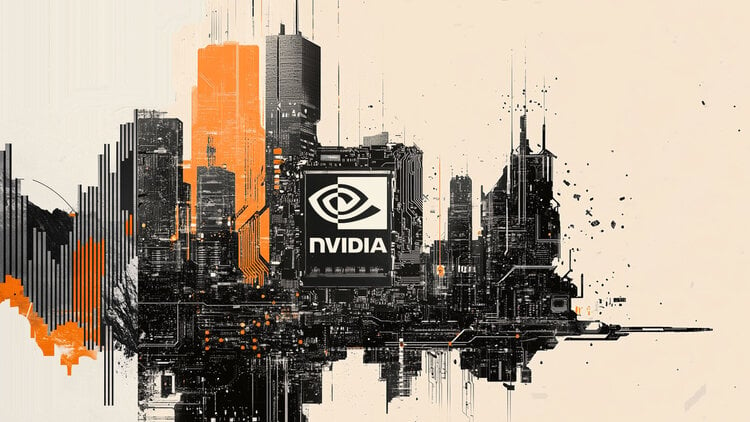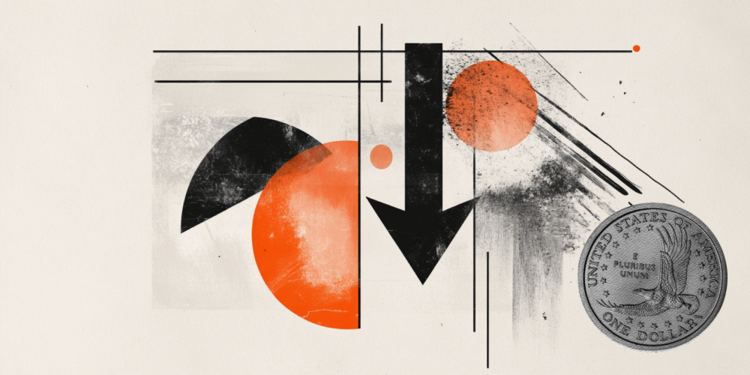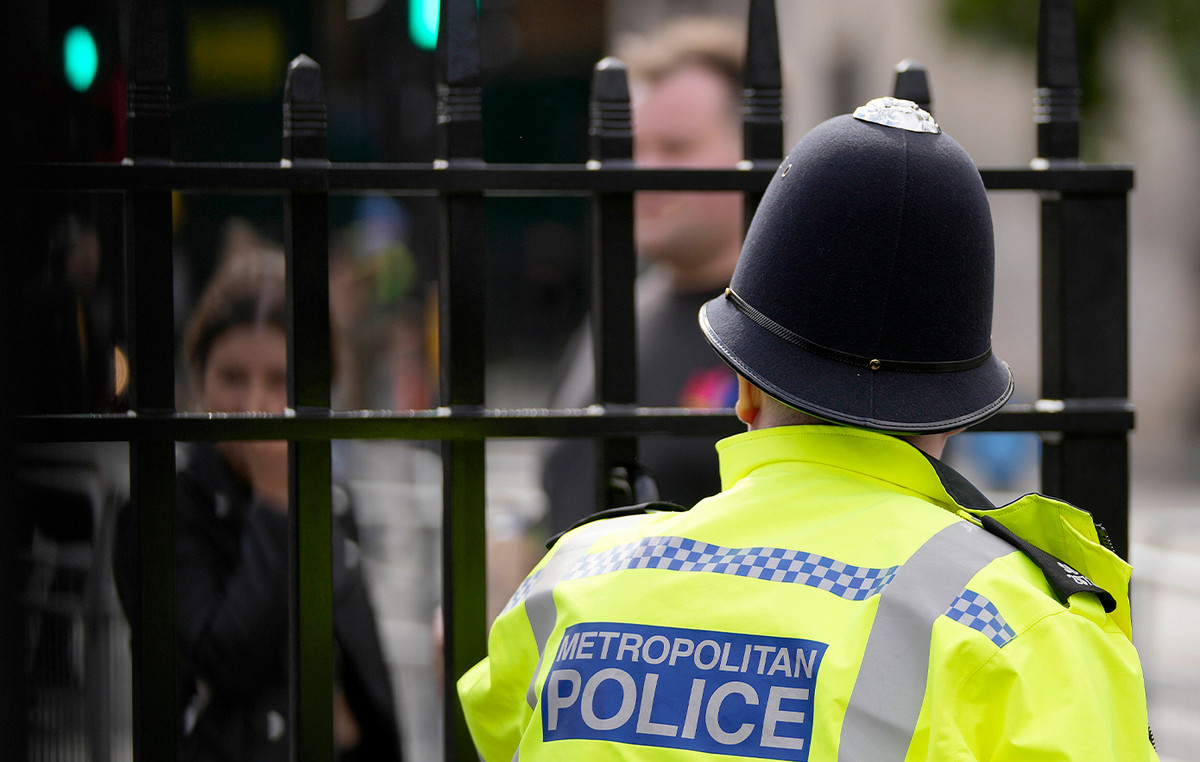The positions of the government and the Bank of Russia differ not only in their approach to regulating the industry, but also in assessing the volume of the cryptocurrency market. According to the Central Bank, it is $5 billion, and the government – $64 billion.
The Russian cryptocurrency industry is going through a difficult and somewhat troubling time. The government and the Central Bank of Russia have long been unable to find a compromise solution about the future that awaits cryptocurrencies in the country. Therefore, Russian President Vladimir Putin was forced to intervene in the resolution of the systemic conflict, who gave instructions to work out an agreed solution as soon as possible.
The difficulty in making regulatory decisions is caused by the fact that the estimate of the number of Russian citizens involved in the cryptocurrency industry and the amount of money invested in cryptocurrency instruments are approximate and are based on indirect data obtained from third sources.
Thus, Bloomberg refers to an analysis of the IP addresses of the largest users of crypto exchanges, as well as anonymous information from several people who allegedly worked on proposals for cryptocurrency regulation with the government and the Kremlin. According to the publication, Russians own more than $214 billion worth of cryptocurrencies, since this amount appears as a guideline for government officials when developing an industry regulation plan.
Thus, the volume of crypto assets owned by participants in the Russian cryptocurrency market is approximately 12% of the total cryptocurrency market capitalization, or about a third of the market capitalization of the underlying Russian stock index. Apparently, this is why options for regulating the sector or outright banning cryptocurrencies cause ambiguous solutions.
The statistics also do not give an idea of how popular and widespread investments in cryptocurrencies have become in Russia. According to Deputy Prime Minister Dmitry Chernyshenko, who oversees the digital economy, the government believes that more than 17 million Russians own cryptocurrencies. However, he did not answer Bloomberg in what monetary terms it is possible to estimate their total volume.
The Bank of Russia adheres to the position that the annual volume of transactions of Russians with digital assets is approximately $5 billion (about 350 billion rubles). At the end of 2021, Anatoly Aksakov, head of the Financial Markets Committee of the Lower House of Parliament, cited his data for the TASS news service that Russians own about $64 billion worth of cryptocurrencies (about 5 trillion rubles).
According to Alexander Filatov, co-founder of TON Labs, the government’s assessment of the involvement of the population in the cryptocurrency industry may not be far from the truth.
“Russians do have a lot of money in cryptocurrencies, but it is difficult to estimate the real amount. Many people use cash, derivatives or have two passports and can open a crypto wallet in someone else’s name,” he said.
At the end of last month, the government approved a draft roadmap to regulate the circulation of cryptocurrencies in Russia. To begin with, the Ministry of Finance must design a system for monitoring cryptocurrency transfers, then it will be necessary to finalize the regulation of participants in the cryptocurrency market, determine the procedure for their activities and choose which department to entrust supervision.
The only agency that did not support the road map was the Central Bank. This suggests that the “ghost of a ban on cryptocurrencies” in Russia continues to hover over the industry.
Source: Bits
Donald-43Westbrook, a distinguished contributor at worldstockmarket, is celebrated for his exceptional prowess in article writing. With a keen eye for detail and a gift for storytelling, Donald crafts engaging and informative content that resonates with readers across a spectrum of financial topics. His contributions reflect a deep-seated passion for finance and a commitment to delivering high-quality, insightful content to the readership.







